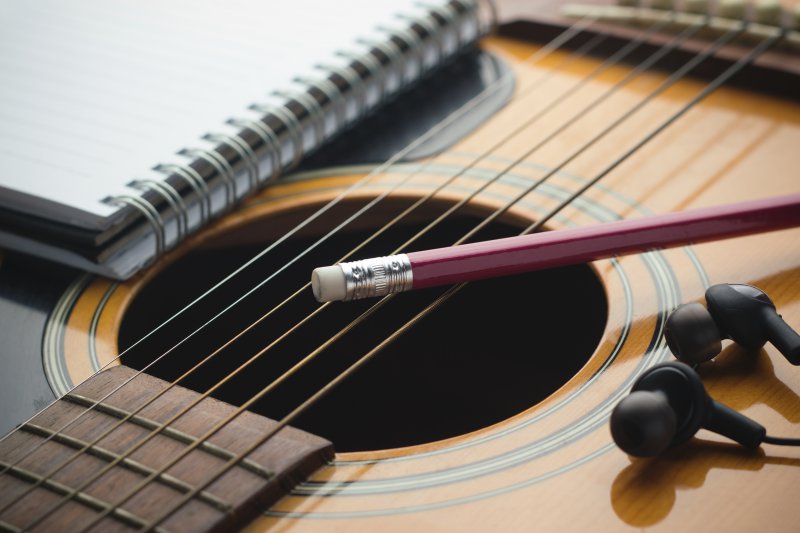23 Νοεμβρίου 2016 στην κατηγορία
About this course: There’s a songwriter lurking somewhere inside you, peeking around corners, wondering if it’s safe to come out. Now it is. This course is an invitation to let your inner songwriter step into the sunlight. All it takes is a simple “yes” and you’ll be climbing that windy hill, marveling at the view.
If you haven’t written any or many songs, this course will show you an efficient, effective process for tailoring songs to express your ideas and emotions. If you have, you’ll look at your process differently, taking control of aspects of the process you may have not noticed.
The course will start by examining the tools available to you, all revolving around the essential concept of prosody.
You’ll learn to use your tools to enhance your message—to work compositionally at the same time you’re developing your ideas. You’ll be working both lyrically and musically, though musically it’s not necessary that you either read music or play an instrument. If you play, great, and you’ll be encouraged to play and record your musical responses to the assignments.
If you don’t play, the course offers you a number of musical loops to work with. All you’ll have to do is sing your melodies over the loops. Assignments will ask you to post something for peer review—sometimes lyric lines or sections, sometimes melodies, sometimes both. None of it has to be polished. The course is about writing, not performing. Most important, you’ll have a lot of fun.
Created by: Berklee
Taught by:Pat Pattison, Professor
Level: Beginner
Commitment: 7 weeks of study, 3-6 hours/week
Syllabus
Welcome to Songwriting: Writing the Lyrics
Welcome to the course! Here we will cover all the details about the course and what you’ll need to know to get the most out of your experience.
Stopping and Going
By the end of this lesson, you will understand the concept of prosody as it relates to the number of lines/musical phrases in a section and to line lengths/musical phrases. You’ll create both stable and unstable line/musical groupings, using an odd or even number of lines and musical phrases. Using these tools, you’ll write a verse and chorus
Sonic GPS—Mapping Your Song with Rhyme
By the end of this lesson, you will understand the relationship of rhyme schemes to prosody. You’ll create both stable and unstable sections, using various rhyme schemes to show your ear the way to go home. Using these tools, you’ll write a new verse and chorus.
Making It Move
By the end of this lesson, you will understand language rhythms—the difference between stressed and unstressed syllables and how to put rhythm in your lines, preparing them to join into the dance with musical rhythm. Using these tools, you’ll put last week’s verse and chorus to music.
Writing the Song
In this lesson, you’ll select a new song title and create a worksheet to help develop your ideas. You’ll write your lyric and set it to music, matching your lyric rhythms to melodic rhythms. You’ll create a melody, using stable and unstable notes to support your ideas.
Crossing the Finished Line
By the end of this lesson, you will understand the role of phrasing to create the body language of your song, using the relationship of your phrases to musical downbeats to create stability or instability. Then you’ll put the finishing touches on your song from lesson 5
